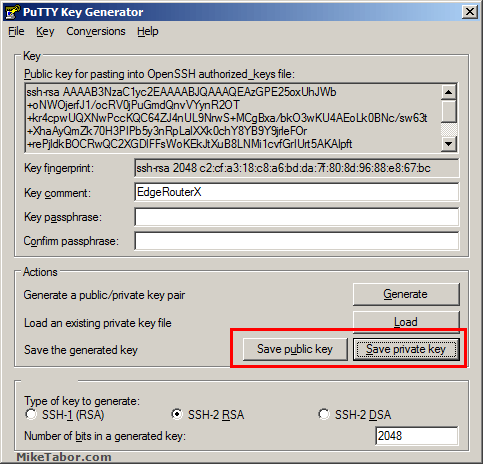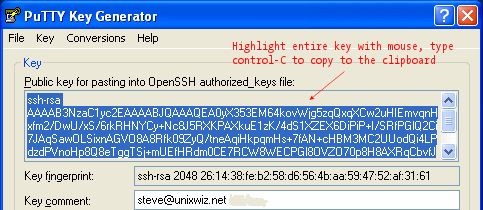
zshrc Take it one step further by adding an additional alias of alias cpkey'pbcopy < /.ssh/idrsa.pub' to copy your SSH key with just cpkey in ther terminal. This guide is derived from GitHub Docs, used under CC-BY 4.0. Now executing pbcopy < /.ssh/idrsa.pub for example will copy your public SSH key to the clipboard ZSH users can follow the same steps, replacing. Verify that your change was successful: git remote -v

The SSH URL uses this format: (optionally with ssh:// at the beginning like this: you can find the SSH URL by going to your repository page on Codeberg (for example, going to ), clicking on SSH in the top right corner and copying the URL. $ xclip -selection clipboard įor example, to change the URL of origin to you would type: git remote set-url origin HTTPS URL used this format:
#Pbcopy ssh key install
You may need to install it from your package manager. On Linux you can use xclip on the command line.
#Pbcopy ssh key mac os x
ssh directory, and copy the public key file to your clipboard by running: Windows cd userprofile/.ssh clip < ided25519.pub On macOS or Linux simply run the following in a terminal: Mac OS X pbcopy < /.ssh/ided25519. By default, you can find the public key in $HOME/.ssh/id_ed25519.pub. On Windows, in your command prompt, change directory to your. You must only copy the public key not the private one. SSH keys are a way to identify trusted computers, without involving passwords. Add the SSH key to CodebergĬopy the SSH key to your clipboard. First, you need to check for existing SSH keys on your computer. It is recommended to keep your private key safe and - well - private.

Be aware that this will only be helpful for certain attack scenarios and does not offer 100% protection. In the upper-right corner of any page, click your profile photo, click Settings, and select SSH and GPG keys.
#Pbcopy ssh key verification
This adds a layer of authentication that increases security. The next step is to provide your public key to GitHub to use as part of the verification step. Your private key can be protected by a passphrase. You will be asked for a passphrase enter one if you'd like, or leave the prompt empty. This accepts the default file location: > Enter file in which to save the key (/home/knut/.ssh/id_ed25519 ): When you're prompted to "Enter a file in which to save the key", press Enter. > Generating public/private ed25519 key pair. You can also add a comment to help you identify the client with -C "comment here". Paste the text below: ssh-keygen -t ed25519 -a 100

One is the private key, which should never be shared with anyone. Generating an SSH key An SSH key consists of a pair of files. Open Terminal on Linux/macOS, or Git Bash on Windows. The Terminal window opens with the commandline prompt displaying the name of your machine and your username. This means that if you access your Codeberg repository from your home PC, your laptop and your office PC you should generate separate keys for each machine. It is recommended to use one key per client.


 0 kommentar(er)
0 kommentar(er)
